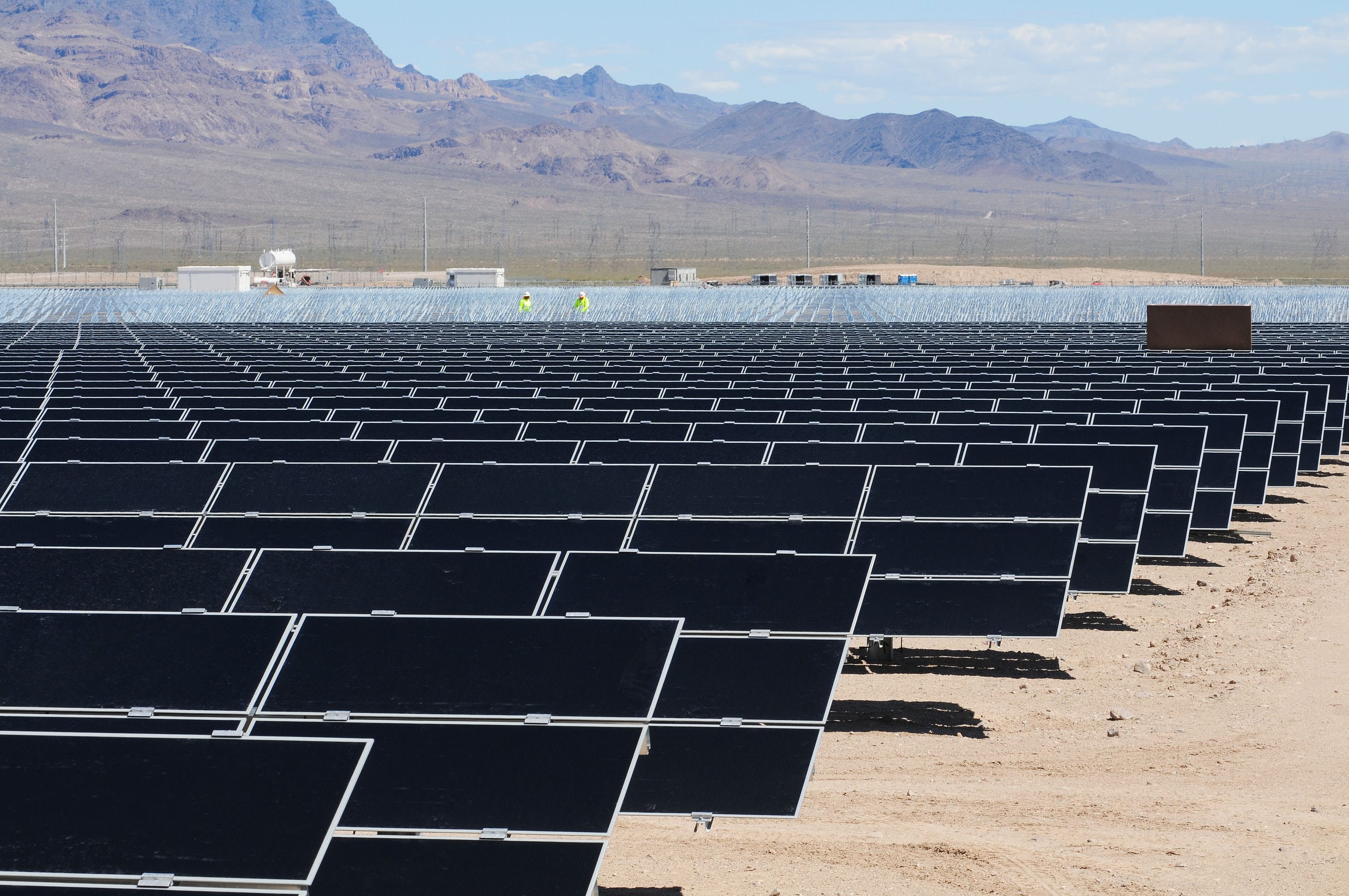Arizona continues to grow as a leader in renewable energy, according to a new study by the Solar Energy Industries Association (SEIA).
SEIA’s U.S. Solar Market Insight report found that Arizona had the third-most residential solar capacity in the first quarter with 41.9 megawatts. Overall, the state had 52.83 megawatts of solar installations in the first quarter.
“That is one of our richest natural resources. We have a lot of sun here in Arizona, and when you combine that with some programs that move solar forward and the declining costs associated with installing solar, you get additional solar on your system,” APS director of resource planning Jeff Burke said. “As an industry, we’re trying to make sure that we’re making progress towards a cleaner energy mix. This is one of the things we do in addition to nuclear and demand-side management to achieve that goal.”
Currently, APS has the fifth-largest solar energy portfolio of any utility in the country, with 1.4 gigawatts of energy in their system. They are one of the largest solar contributors to Arizona, which has the second-highest amount of solar energy in the nation.
The demand for more renewable resources is rapidly growing. According to the SEIA, the US added more solar power than any other type of electricity in the first quarter of 2018. In fact, a Yale study found this is a global trend, as the world solar market grew 29.3 percent last year.
Because of this, utilities like APS and TEP are expanding their solar branches. APS recently invested $900 million into three new solar energy storage projects, and TEP announced earlier this year that will expand its solar energy infrastructure to power over 90,000 homes.
“What we’re trying to do is an all-of-the-above approach, and in general, it’s not entirely focused on solar — it’s focused on clean energy,” Burke said. “We want to make sure that we move toward a clean energy mix in total. But we also want to make sure that we have our nuclear facility operating the way they produce energy — they create an enormous amount of energy 24/7, so we want to make sure those stay online as well.”
Because people still use energy when the sun is down, solar storage infrastructure helps utilities like APS provide renewable resources for customers at all times of the day. However, the Palo Verde Nuclear Generating Station is also an integral part of the system, as it provides affordable and essentially emission-free energy for customers when solar energy isn’t available.
APS is pursuing other solar programs to provide a more energy-efficient landscape in the state, including: a “solar after sunset” storage system; more advanced thermostats designed to save energy during the day; and an installation program in which APS will pay customers to install solar panels on their house.
“We also have wind resources and a wind facility, we changed our rates to reflect pricing on our system. What we’re trying to do is get to a cleaner energy mix — and again, that’s an all-of-the-above approach,” Burke said. “We don’t want to focus particularly on one specific resource because we need to make sure that our system stays reliable and affordable, so we’re pursuing a multitude of programs to make sure we can move towards a cleaner U.S.”
This story was originally published at Chamber Business News.




